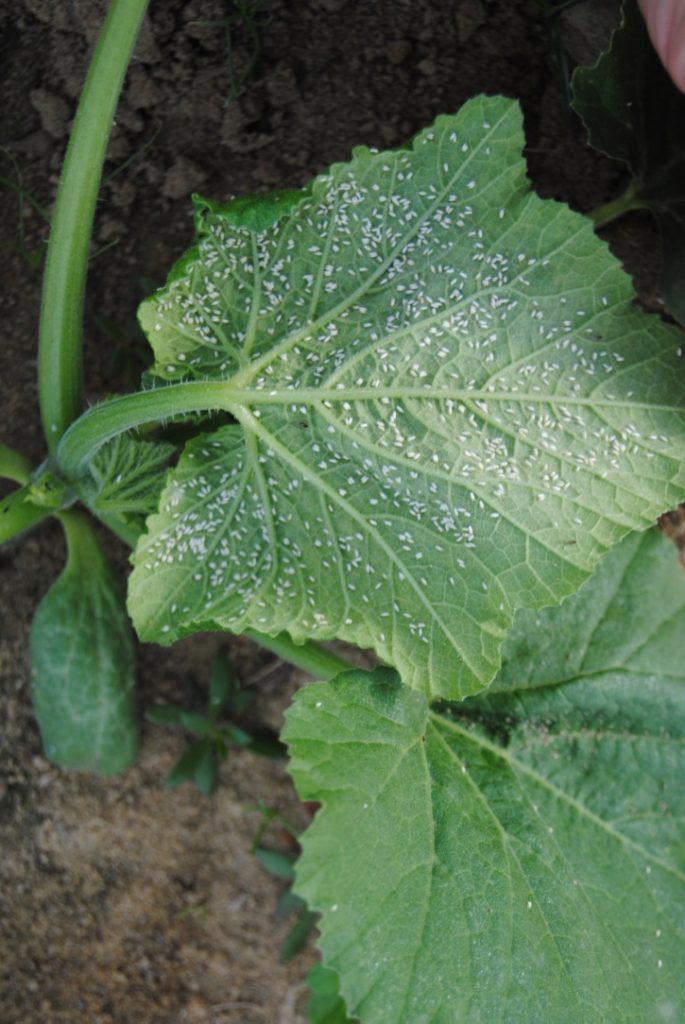
University of Georgia Cooperative Extension vegetable entomologist Stormy Sparks paints an ominous picture of the potential devastation whiteflies will have on this year’s fall vegetable crop.
“We’re probably a month ahead of the last two years. This is going to be challenging fall for whiteflies,” Sparks said.
Vegetable producers across the Southeast have either planted or are currently planting their fall crop. Sparks insists that farmers use resistant varieties when possible to protect against whiteflies and the diseases they spread. Unfortunately, there is not many that are commercially available, except in tomatoes.
“Really, when you’re dealing with viruses, particularly the whitefly-transmitted viruses, the solution to the problem is resistant varieties. The problem is in many cases we don’t have that. The one where we do have it is Tomato Yellow Leaf Curl (virus),” Sparks said. “Fortunately, we have resistant varieties in tomatoes that are commercially available. In the fall you’ve got to have a resistant variety.”
In most cases, whitefly-transmitted viruses are just as devastating as the whiteflies themselves. There is no resistance in yellow squash. In snap beans, there are severe problems with Cucurbit Leaf Crumple Virus and Sida Golden Mosaic Virus.
“With leaf crumple virus right now, in squash; I’ve been planting squash for two months, the most recent planting I’ve probably got about 20% virus right now. If you look at it historically, you go from very low to about 20%. Once you get about 20%, give it about another week or two weeks, you’re typically looking at close to 100%,” Sparks said. “As far as viruses are concerned, at this point, it’s not as bad as I thought it would already be, but I still suspect it’s going to get very ugly in the near future. We did have virus detected in the spring crops late in the season; more than normal. Dr. (Josh) Freeman down in Quincy (Fla.), said in some of his tomato trials in the spring, at the end of the season he had as much as 30% Yellow Leaf Curl Virus. Normally, it’s going to be 5% or less.”
Proper Sanitation
Sparks insists growers practice proper sanitation to protect against future whitefly infestations. Once farmers are through harvesting their crop, they need to get rid of it. If plants are left in the field, they could potentially serve as hosts for whiteflies.
Problem This Year
This is the worst year for whiteflies since 2017. They are a greater problem this year due in large part to the mild winter. While colder temperatures do not eliminate whiteflies, they do kill off many of their wild hosts and slow population development in cultivated hosts. Warmer temperatures allowed for larger whitefly populations to overwinter and become mobile earlier this summer.
Whiteflies migrate from winter vegetables to spring vegetables to agronomic crops, like cotton, to fall vegetables and back to winter vegetables. Whiteflies cause feeding injury issues in vegetables and transmit two new viruses: cucurbit leaf crumple virus and cucurbit yellow stunting disorder virus.









